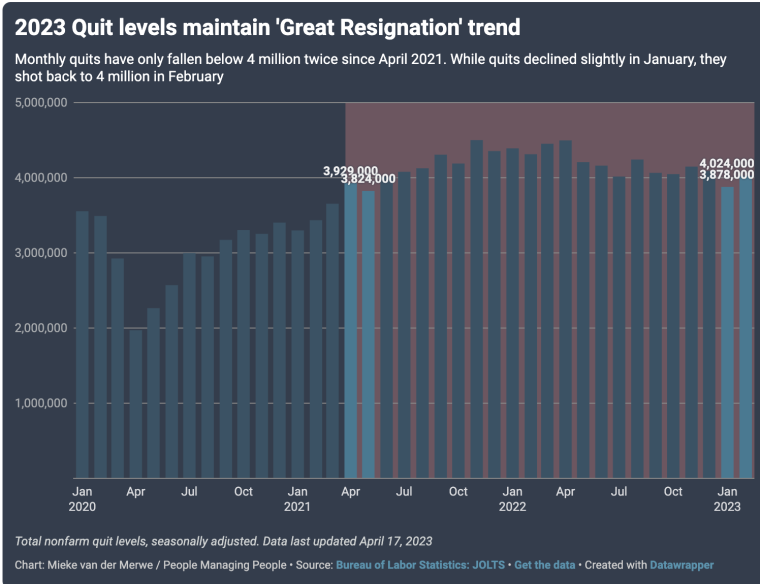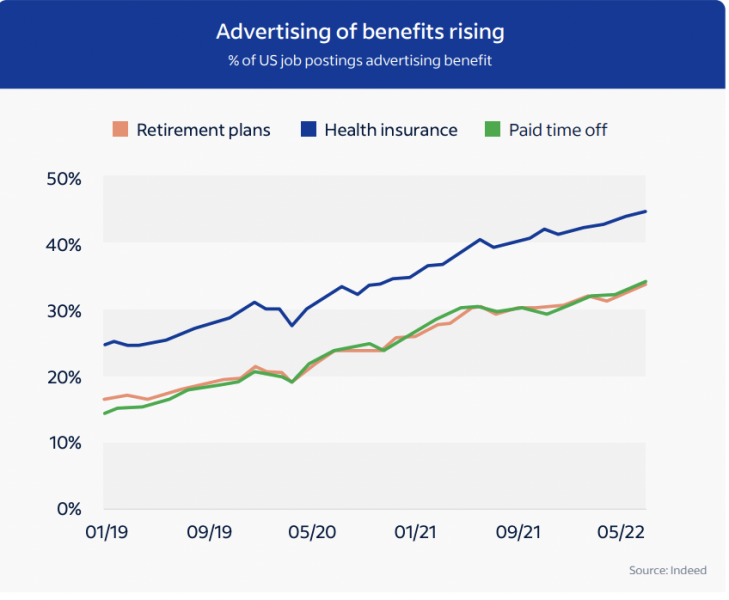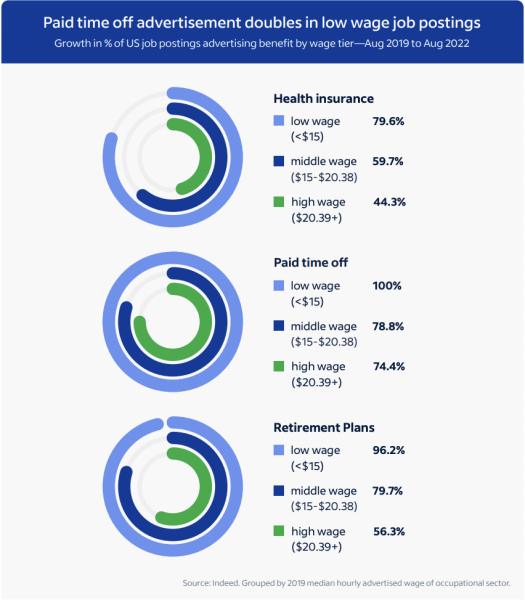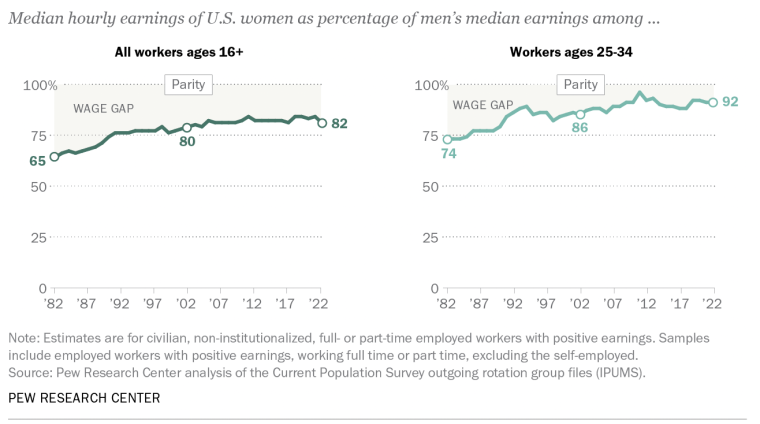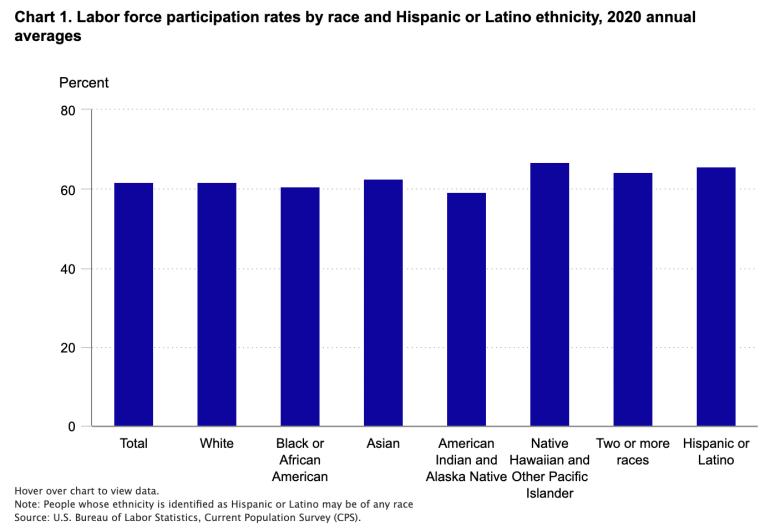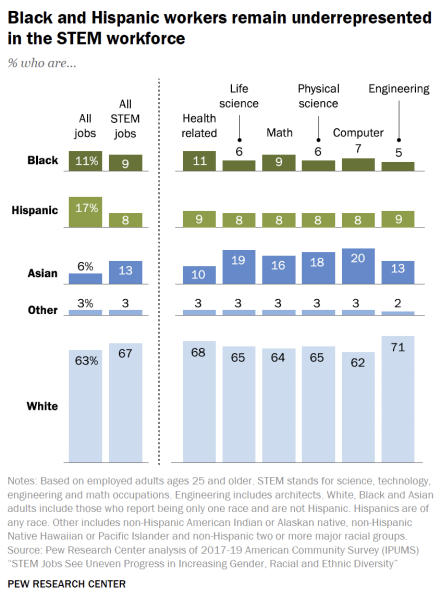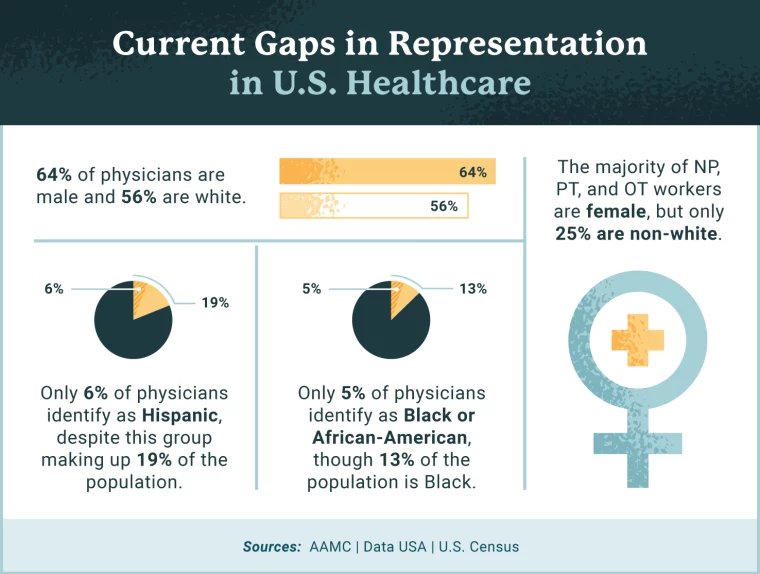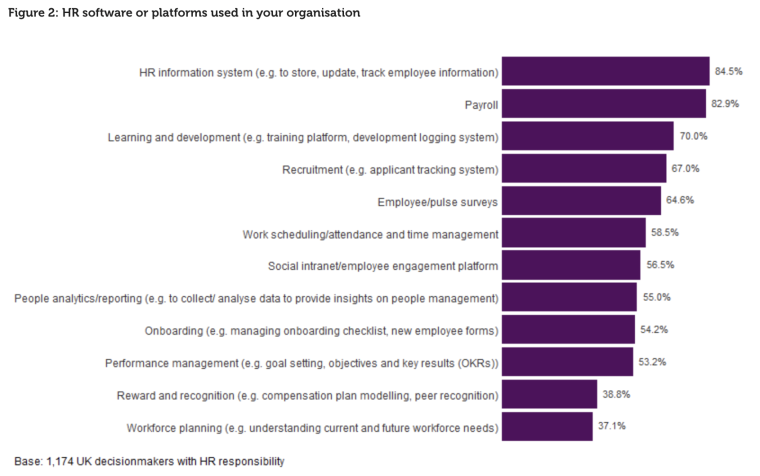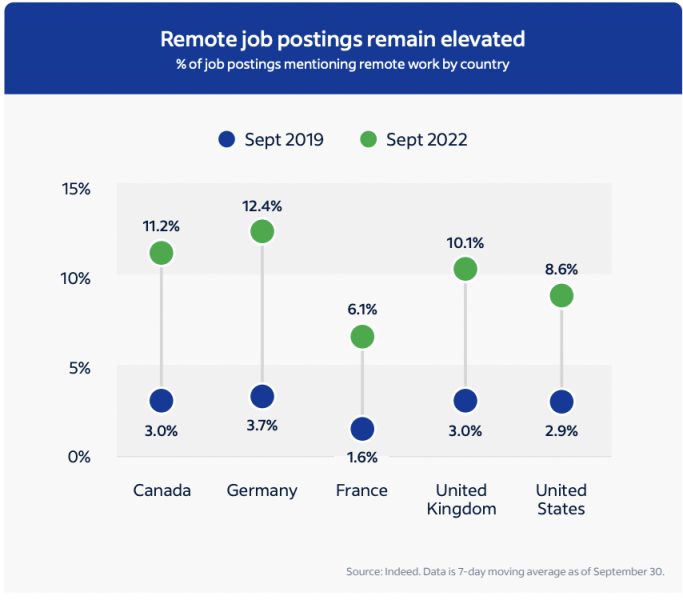The world of HR is constantly evolving thanks to the shift to more remote work, higher demand for work-life balance, and advances in technology. The success of businesses lies in its people, which is why Human Resources is an essential department.
In order to successfully manage and retain employees, it’s essential to understand current trends so that solutions can be found to modern challenges. We’ve gathered the most insightful HR statistics, so your business can focus on the right areas in 2025.
HR Statistics: Key Highlights
- Employees experience is a priority to 47% of HR leaders.
- 30% of new hires leave within 90 days.
- If a pay rise isn’t offered in the next 12 months, 45% of workers will quit their job.
- 72% of people have quit because of the toxic environment at their workplace.
HR Hiring and Recruitment Statistics
In June 2023, the number of job openings in the United States fell by 34,000 from the previous month. This resulted in the lowest level of job openings since April 2021, showing a downward trend in the job market.
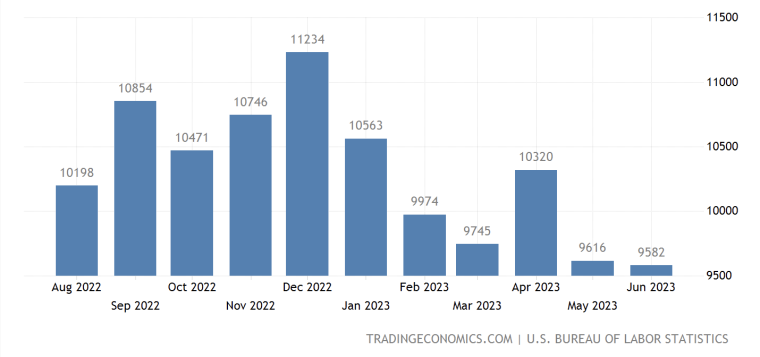
However, there has been a 136,000 increase in job openings in healthcare and social assistance.
According to World Bank projects, companies are also facing a candidate shortage due to the world’s aging population.
The number of people of working age (between 15 and 65), is on the decline:
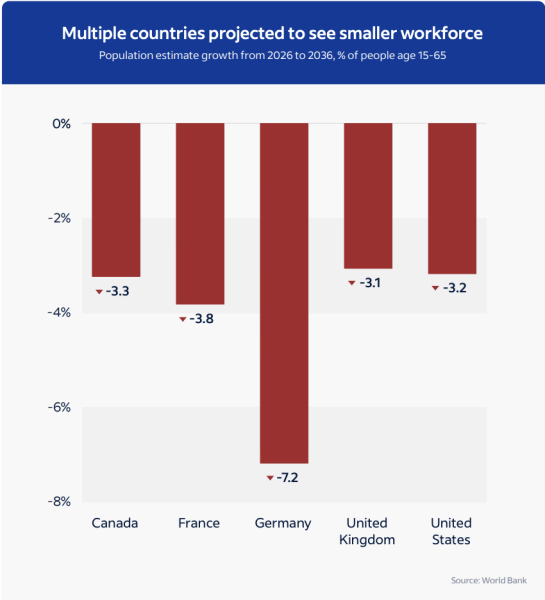
47% of HR leaders list employee experience as a priority in 2023.
The shift to a candidate-driven market will mean that employers will need to do more to set themselves apart from the competition, in order to attract and retain the best talent.
PwC’s 2023 Hopes and Fears Global Workforce Survey found that 26% of employees say that they are likely to change jobs in the next 12 months. Flexibility, remote working, and diversity are also deciding factors, with employees expecting a greater work-life balance.
The Great Resignation Statistics
In 2021-2022, the job quitting rate hit levels not seen since the US Bureau of Labor Statistics began its Job Openings and Labor Turnover Survey program in December 2000. This trend was called “The Great Resignation,” referring to the record number of people leaving their jobs during and after the pandemic.
The Great Resignation saw 71.6 million people leave their jobs between April 2021 and April 2022, as shown by the US Bureau of Labor Statistics.
Following the pandemic, there has been a significant surge in resignations, with the move towards remote work and a demand for more balance causing workers to expect more from their workplace.
The “return to office” mandates led to revelations on work-life balance, causing many workers to be tempted by more attractive offers from other employers.
The Harvard Business Review found that in a global survey of 4,000 companies and over 9 million employee records, resignations increased the fastest among mid-career employees, aged between 30 and 45 years. This has been largely attributed to a search for an improved work-life balance.
According to a Pew Research Center survey, the majority of workers left their jobs in 2021 for the following reasons:
- Low pay – 63%
- No opportunities for advancement – 63%
- Feeling disrespected at work – 57%
- Lack of childcare support – 48%
- Lack of flexibility around working hours – 45%
34% of candidates applying for jobs in 2022 didn’t hear back from employers two months after they applied, only 58% said they received an automated “thank you” message after applying, and only 7% were notified when they didn’t get the job.
Businesses can take many learnings from the Great Resignation as candidate resentment is on the rise. The annual Candidate Experience Awards report, produced by the Talent Board, found the top three reasons for a negative hiring experience were:
- The recruiting process took too long
- The candidate’s time was disrespected
- Salary didn’t meet expectations
HR Engagement and Retention Data
While a key role of HR is to source and attract the right talent, employee retention and engagement is also a major role for departments.
Employee retention is essential in 2023 as 30% of new hires leave within 90 days, according to a Jobvite survey.
In 2022, 50.6 million US workers quit their jobs, as recorded by the Bureau of Labor Statistics.
The effects of the Great Resignation continue to spill into 2023 with quit levels only falling below four million a month twice since April 2021.
With 93% of organizations admitting a concern for employee retention, it’s clear that maintaining engaged employees is a top priority.
It also makes financial sense for businesses to focus on retaining their current employees as the 2022 Retention Report by the Work Institute found that the cost for replacing the average US employee is approximately $15,000.
The founder of Deloitte, Josh Bersin, has even said that replacing an existing employee can cost as much as 1.5-2 times the employee’s salary.
If companies focus on employee engagement and retention, they can both save money and maintain a strong team with high morale.
There are four key areas that employees care about:
- Salary and benefits
- Culture
- Flexible working
- Training and development
Salary and Benefits
According to Glassdoor’s 2023 Workplace Trends report, the share of searches for $20 hourly wages surpassed those for $15 as of August 2022.
The search has grown by 35.5% year on year.
The Global Workforce of the Future report from Adecco found that 45% of workers will quit their job if they don’t receive a pay rise in the next 12 months.
Further, only 4 in 10 non-managers feel as though their salary is a fair reflection of their work.
Employers can use benefits as a way to set themselves apart, with the rise of benefits being advertised in job postings:
Benefits are becoming a useful tool employers can use when salary cannot be pushed any higher.
From August 2019 to August 2022, in sectors like personal care and home health, jobs advertising paid time off rose from 21.3% to 38.8%.
Culture
According to a 2022 Toxic Work Environment Report, 72% of people have quit their jobs because of the toxic environment at their workplace.
In addition, 51% were planning to leave their current job for the same reason.
It’s clear that employees are valuing culture more than ever. In fact, a Jobvite survey found that 86% of employees believe a distinct workplace culture is somewhat or very important.
90% of people believe that how we feel at work matters, according to Indeed’s Work Wellbeing 2022 Insights Report, with culture being a huge driving force behind positive workplace wellbeing.
Flexible Working
After the 59% increase in remote working post-pandemic, many employees expect an element of flexible working in their roles. A McKinsey survey found that 87% of workers take the opportunity to work flexibly if offered.
The lack of a work-life balance can frequently lead to burnout. Adecco’s report found that 36% of workers have experienced burnout in the last 12 months, with 35% saying it would be a reason to quit their job.
Training and Development
A key element of retaining employees is providing continuous training and development to maintain engagement.
The Harvard Business Review found that an effective onboarding program has the potential to boost the productivity of new employees by 62% and increase their retention rate by 50%.
A SurveyMonkey survey of 666 employees found that:
- 59% of employees believe training improves their overall job performance
- Over half (51%) of employees find that training boosts confidence
- 41% claim it helps their time-management skills
- 33% cite training as a factor that can increase their earnings
As technology continues to develop, training is more essential than ever to prevent any future skill gaps and keep employees engaged.
Employees are also more likely to stay at companies that encourage internal moves. The LinkedIn Workplace Learning Report 2023 found that employees that have made an internal move are 75% more likely to stay with a company. Those who haven’t made an internal move have only a 56% likelihood of staying.
Diversity and Demographics in HR Statistics
A diverse workforce allows for a competitive advantage thanks to more points of view, better problem-solving, and appeal to a wider audience. Moreover, a diverse workforce is something employees are also asking for.
A September 2022 survey from Indeed and Glassdoor found that 72% of workers aged 18-34 said they would consider turning down a job offer or leaving a company if they didn’t think that their manager supported diversity.
However, this percentage decreases with age, with only 52% of respondents aged 55-64 feeling the same way.
Furthermore, 67% of workers aged between 18-34 said they would turn down a job offer if there was a gender imbalance in the leadership team.
65% also said they’d leave or turn down an offer if there was a lack of race or ethnic diversity on the leadership team.
In 2022, women earned an average of 82% of what men earned, which isn’t much different from where the gender pay gap stood in 2002, when women earned 80% as much as men.
Despite the call for more diversity in both gender and race, there still remains a significant imbalance. The Pew Research Center found that the gender pay gap hasn’t changed significantly in two decades.
The rate of employment amongst race and ethnicity in the US remains a fairly even split, as demonstrated by the US Bureau of Labor Statistics:
However, when considering earnings, there are discrepancies. Hispanic and African American workers continue to have considerably lower earnings than Whites and Asians, when considering the major US ethnicity groups.
The median usual weekly earnings of full-time wage and salary workers in 2020 were:
- $758 for Hispanics
- $794 for African Americans
- $1,003 for Whites
- $1,310 for Asians
This data remained consistent across all major occupational groups and genders.
Diversity in STEM
STEM careers encompass science, technology, engineering, and mathematics, making them a key component of the workforce.
However, the STEM industry has seen slower progress in increasing gender, racial, and ethnic diversity.
Statistics found by the Pew Research Center has revealed the following:
- Hispanic employees make up 17% of total employment but just 8% of all STEM workers
- Black workers account for 11% of all employees, compared with 9% of those in STEM occupations
- Women account for just 25% of those working in computer occupations but make up 74% of healthcare practitioners and technicians
Diversity in Healthcare
The majority of US physicians are white men with 64% being male and 56% white.
According to the Association of American Medical Colleges:
- 36% of active physicians are female
- Only 5% of physicians are Black or African-American
- Fewer than 6% of physicians identify as Hispanic
- 91% of nurse practitioners and nurse midwives are female
Diversity in Education
The Pew Research Center has found that US public school teachers are much less diverse than the students they teach.
Around 8 in 10 public school teachers (79%) identify as non-Hispanic White with fewer than 1-in-10 being Black (7%), Hispanic (9%), or Asian American (2%).
As our education systems raise the next generation of students, there’s a huge need for more diverse teachers that truly represent the children they teach.
Diversity in Hospitality
Zippia has gathered data from a database of 30 million hospitality profiles to examine the level of diversity in the industry.
The information gathered found an even split between genders but much less so over race and ethnicity:
- 50% of workers in hospitality are men with the other 50% being women
- 72.8% of hospitality employees are White with 14.2% being Hispanic or Latino, 5.1% being Asian and only 3.8% being Black or African-American
- Women earn 94% of what men do in the hospitality industry
Technology in HR Data
A survey from the UK-based Chartered Institute of Professional Development (CIPD) found that:
- 84% of HR professionals used an HR information system
- 83% utilized payroll software
- For recruitment, 67% use an applicant tracking system
Technology is extremely prevalent in the recruitment process, with 72% of recruiters using LinkedIn for recruitment, according to Jobvite. AI technology in recruitment can also greatly reduce unconscious bias.
Tidio conducted a survey of over a thousand people into artificial intelligence (AI) recruiting, here are some of the key findings:
- 85% of recruiters think that AI will replace some parts of the hiring process
- 95% of HR professionals think that AI can help candidates with the application process
- Many recruiters (79%) believe that people won’t be needed in the recruitment process at all in the near future
- 56% of candidates believe that the final hiring decision should always be made by humans, not AI
It’s clear that AI is being embraced more by HR and recruiters than candidates.
It’s no surprise that the total HR management software market is expected to reach $38.17 billion by 2027. Technology saves both time and resources, whilst often helping HR teams to find better candidates faster.
HR and Remote Working Data
Remote working has seen a giant leap since the COVID-19 pandemic, when businesses were forced to shut their offices and work from home.
Recent reports from the US Census Bureau found that prior to the pandemic, 5.7% of working Americans were working from home. The figure grew to 17.9% in two years, reflecting an increase of almost 19 million employees.
Many employers and employees have maintained this change, three years later.
Remote working is a preferred way of working for many, with 11% of men and 16% of women searching for a new job that’s remote.
However, being fully remote isn’t necessarily the solution, as 58% of employees feel more productive in hybrid work conditions, according to a McKinsey survey.
A balance may be the solution as organizations continue to invest in hybrid working, with 20% of British companies seeking to put in place additional measures to enable more hybrid or remote working in the next six to 12 months.
Final Thoughts
Understanding these HR statistics equips businesses to refine their strategies and foster a supportive work environment.
Effective HR management not only attracts top talent but also nurtures and retains them, directly contributing to the stability and growth of the company.
By aligning HR practices with these insights, organizations can effectively respond to the dynamic needs of today’s workforce.
FAQs
Is the Great Resignation over in 2023?
How do you measure HR success?
Is HR a growth industry?
References
- United States Job Openings (Trading Economics)
- Population Estimates and Projections (The World Bank)
- Gartner HR survey
- PwC Hopes & Fears Global Workforce Survey
- US Bureau of Labor Statistics Job Openings and Labor Turnover Survey program
- Who is driving the great resignation – The Harvard Business Review
- Great Resignation survey (Pew Research)
- CandE Research Reports (Talent Board)
- Job Seeker Nation Survey (Jobvite)
- US Bureau of Labor Statistics Job openings
- Employee Turnover Statistics 2023 (People Managing People)
- LinkedIn Workplace Learning Report 2023
- 2022 Retention Report by the Work Institute
- Employee Retention Now a Big Issue: Why the Tide has Turned
- Indeed & Glassdoor’s Hiring and Workplace Trends Report 2023
- Global Workforce of the Future Research (Adecco)
- 2022 Toxic Work Environment Report (CareerPlug)
- Core beliefs and culture (Deloitte)
- Jobvite job seeker nation report 2021
- Indeed Work Wellbeing Score
- COVID-19 Pandemic Continues To Reshape Work in America (Pew Research)
- McKinsey Survey remote working
- Remote working survey (Flexjobs)
- Harvard Business Review
- SurveyMonkey
- LinkedIn Workplace Learning Report 2023
- 2018 Skills Gap Report (Udemy)
- Gender pay gap in U.S. (Pew Research)
- STEM Jobs See Uneven Progress (Pew Research)
- Diversity in Healthcare and the Importance of Representation
- Diversity in Medicine: Facts and Figures (AAMC)
- America’s public school teachers are far less racially and ethnically diverse than their students (Pew Research)
- HOSPITALITY REPRESENTATIVE DEMOGRAPHICS AND STATISTICS IN THE US (ZIPPIA)
- Technology and data use in HR functions (CIPD)
- Recruiter Nation Survey (Jobvite)
- AI Recruitment Statistics (Tidio)
- Human Resource Management Market (Grand View Research)
- McKinsey & Company survey
- U.S. Census Bureau
- Flexible and hybrid working practices in 2023 (CIPD)
- Human Resource Management Market Size, Share & Trends Analysis Report (Grand View Research)
